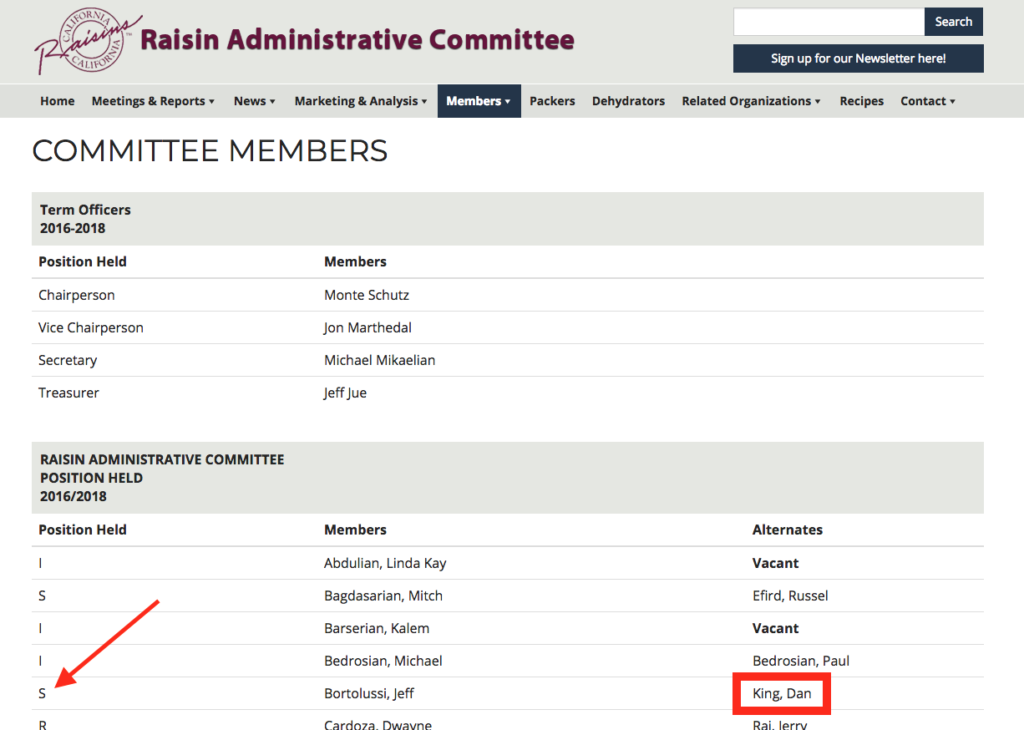In What Is Strategy?, I define a strategy as “a set of well-aligned activities with the aim of occupying a valuable position within a competitive landscape.”
Surprise is an incredibly useful tool during competition since telling our competitors what we’re going to do before we do it gives them a chance to devise a better course of action than they would have made otherwise. And since there’s always a competitive element to strategy, it seems like we would always want to keep our strategies a secret until we execute on them.
For example, it would be foolish for Apple to tell the world that it’s entering the content creation space 12 months before they’re ready. Netflix, Amazon, and the entire Hollywood machine would have time to adapt and make it harder for Apple to successfully enter the space. Having early access to this information would give competitors the chance to form alliances with one another, sign exclusive deals with producers, writers, actors…etc, and even lobby legislative bodies to make it harder for Apple to enter the space.
Secrecy is a requirement for the success of many strategies.
Just Between You and Me
However, there are scenarios when making our strategies well known is actually better than keeping them a secret – particularly when the competition isn’t fierce.
Since fierce competition destroys profits, it’s often wise to try to avoid it anyway. Signaling our high-level strategy is a good way to let nearby competitors know which battlegrounds are important to us and which are not.
Tesla’s Strategy
Tesla’s original master plan, written in 2006, clearly states: “The strategy of Tesla is to enter at the high end of the market, where customers are prepared to pay a premium, and then drive down market as fast as possible to higher unit volume and lower prices with each successive model.”
Musk continues:
So, in short, the master plan is:
– Build sports car
– Use that money to build an affordable car
– Use that money to build an even more affordable car
– While doing above, also provide zero emission electric power generation options
In announcing this, Elon Musk put his cards on the table. None of the existing car manufacturers or any of the new upstarts made a serious effort to copy this strategy. And it took years for anyone to try to compete directly with Tesla in the high end market – which Tesla temporarily vacated as they began to move down market.
Even now, 12 years after Musk publicly announced Tesla’s master plan and strategy, no all-electric car has copied Tesla’s models and started a fiercely competitive war.
In fact, Tesla has succeeded and the company has entered a new strategic phase which Musk described in another blog post.
Musk knew that no other car company would copy his strategy and that Tesla would benefit more from announcing their plans than from keeping them secret.
The Competition
While Tesla didn’t broadcast every strategic move they were planning, Musk was very explicit about the company’s overarching strategy. It makes me wonder how the rest of the auto industry thought about Tesla and all-electric cars at the time.
Maybe some direct competition – real or even just announced – would have forced Tesla to play their cards a little differently and given one competitor an edge? Maybe not.
